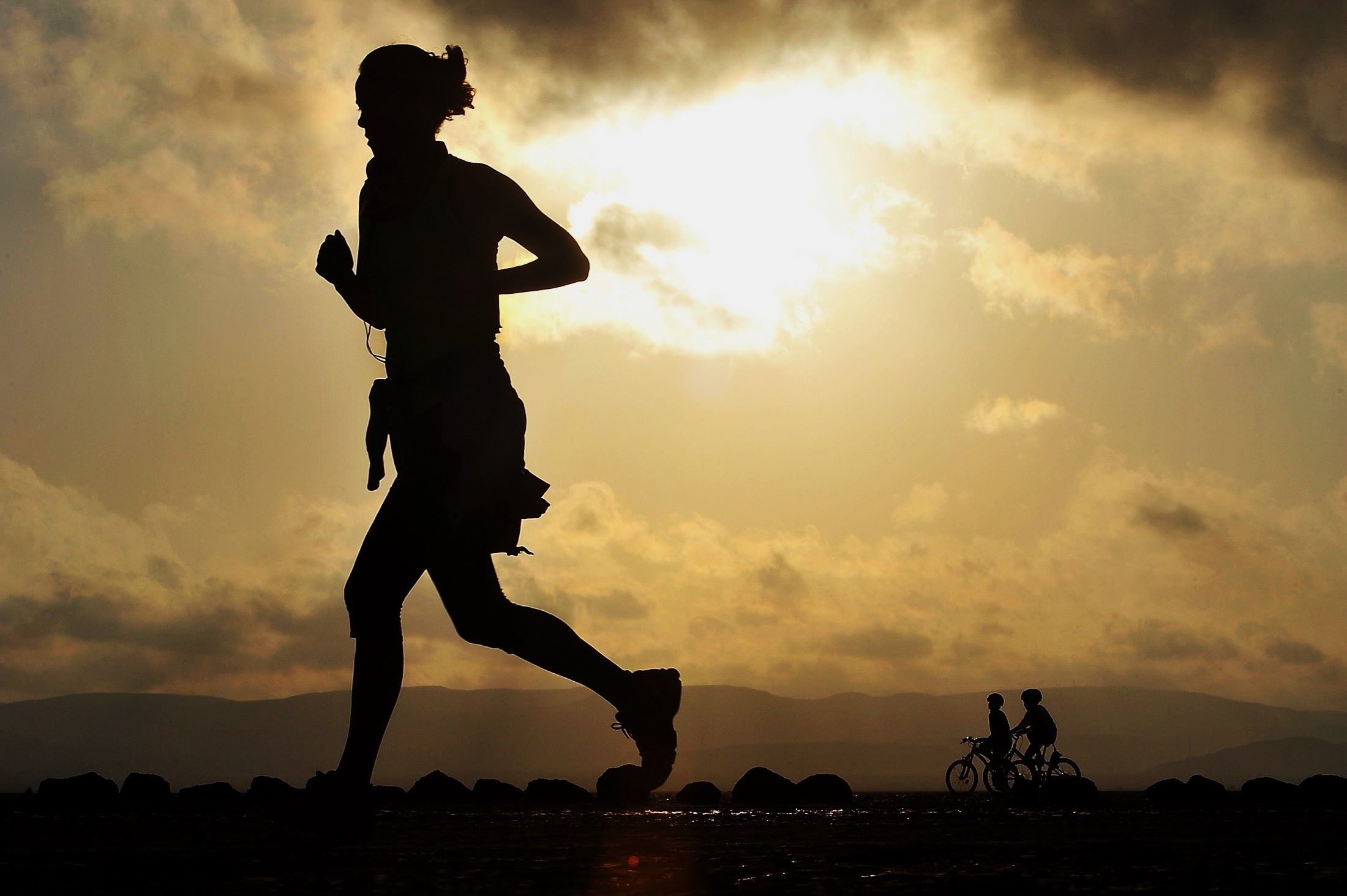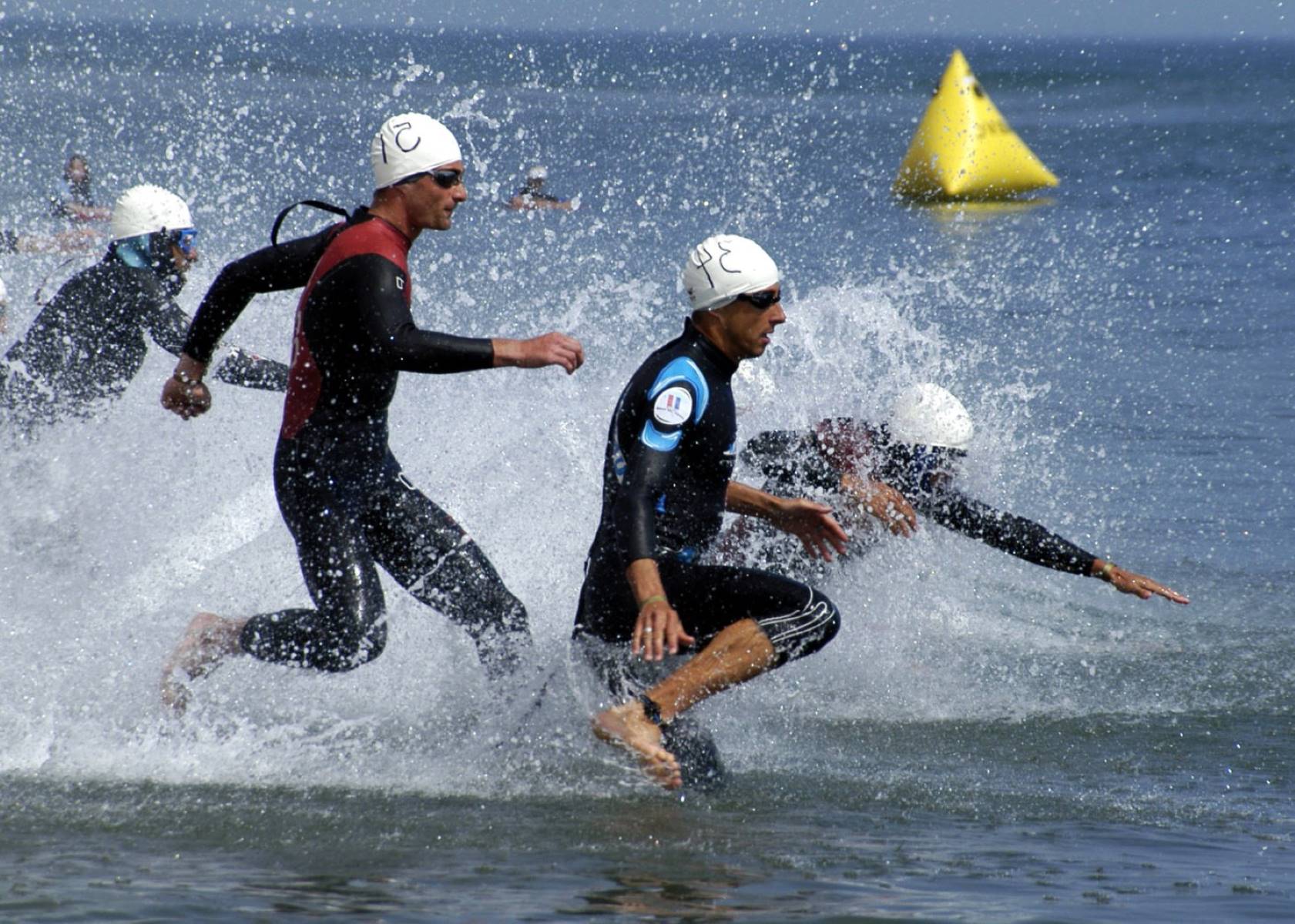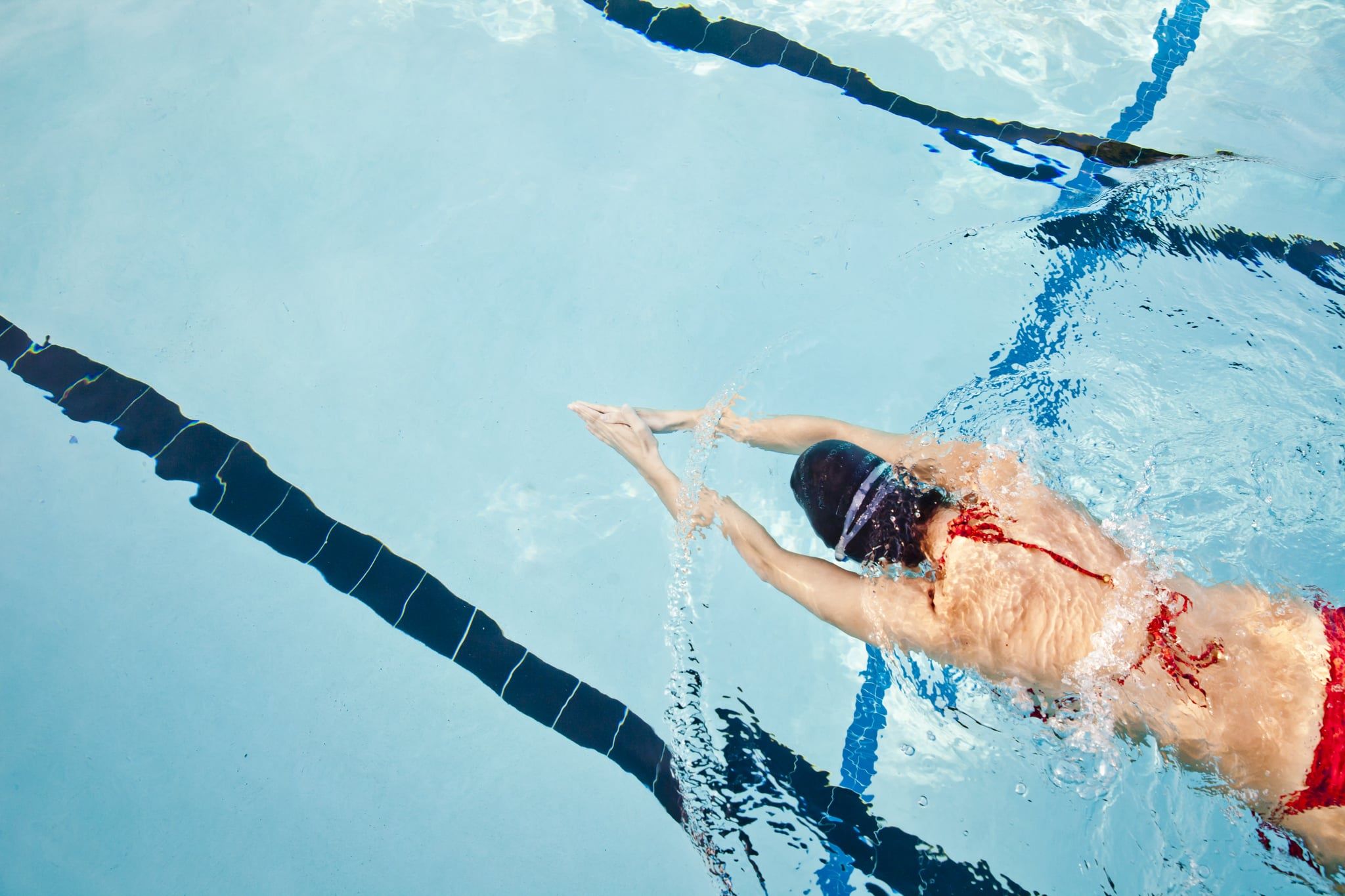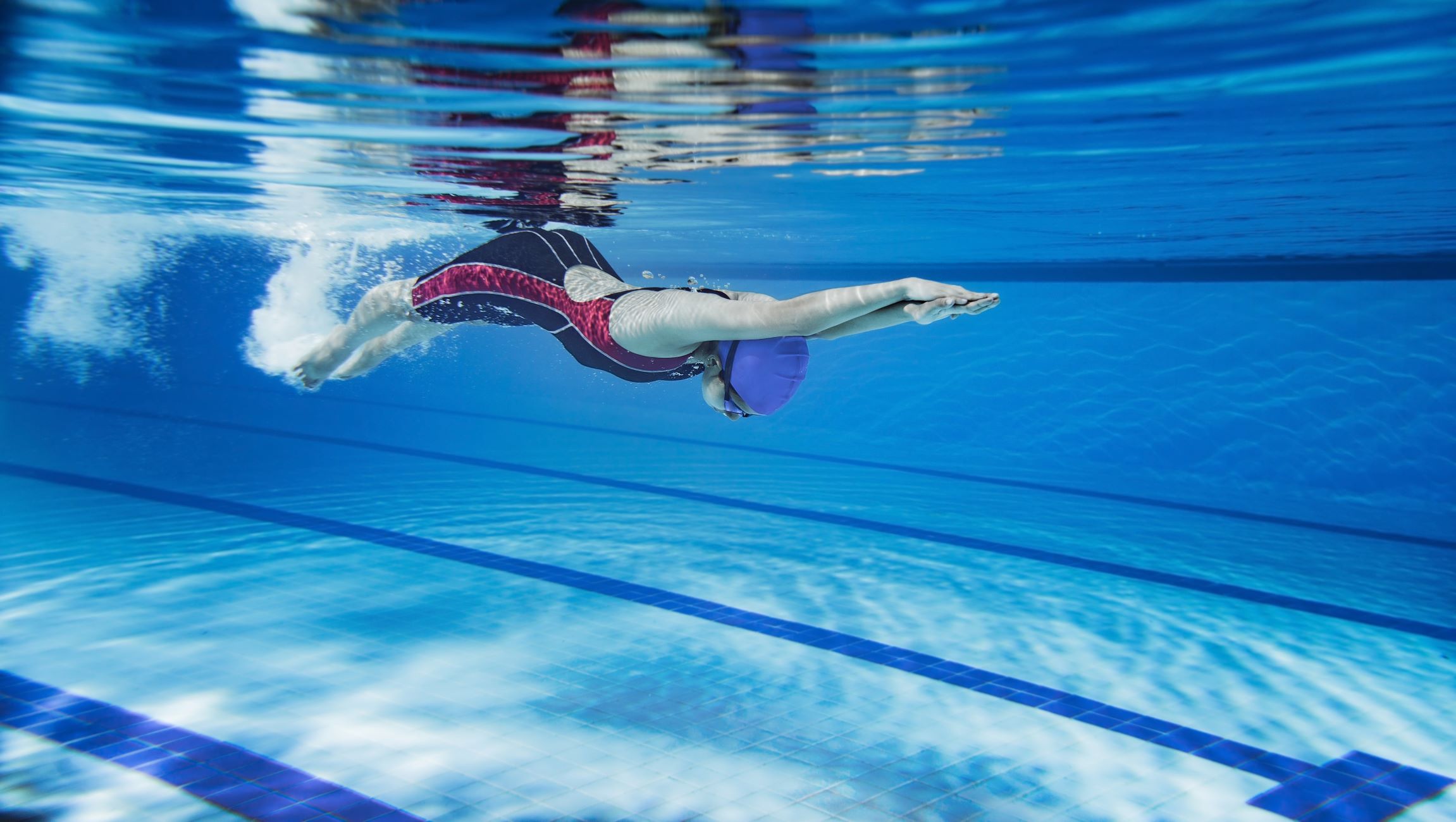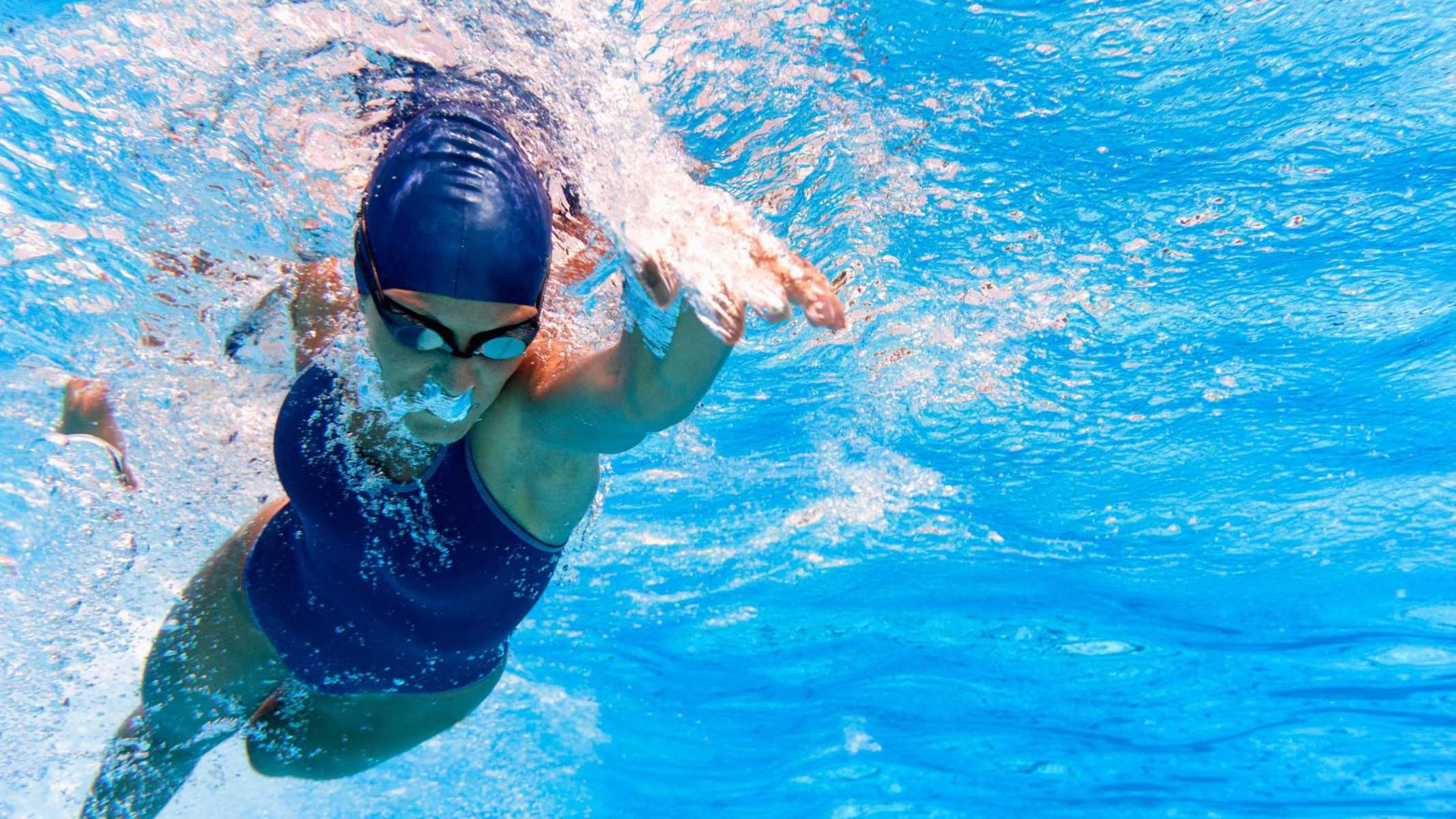Home>Training & Techniques>Open-Water Swimming: A Beginner’s Guide
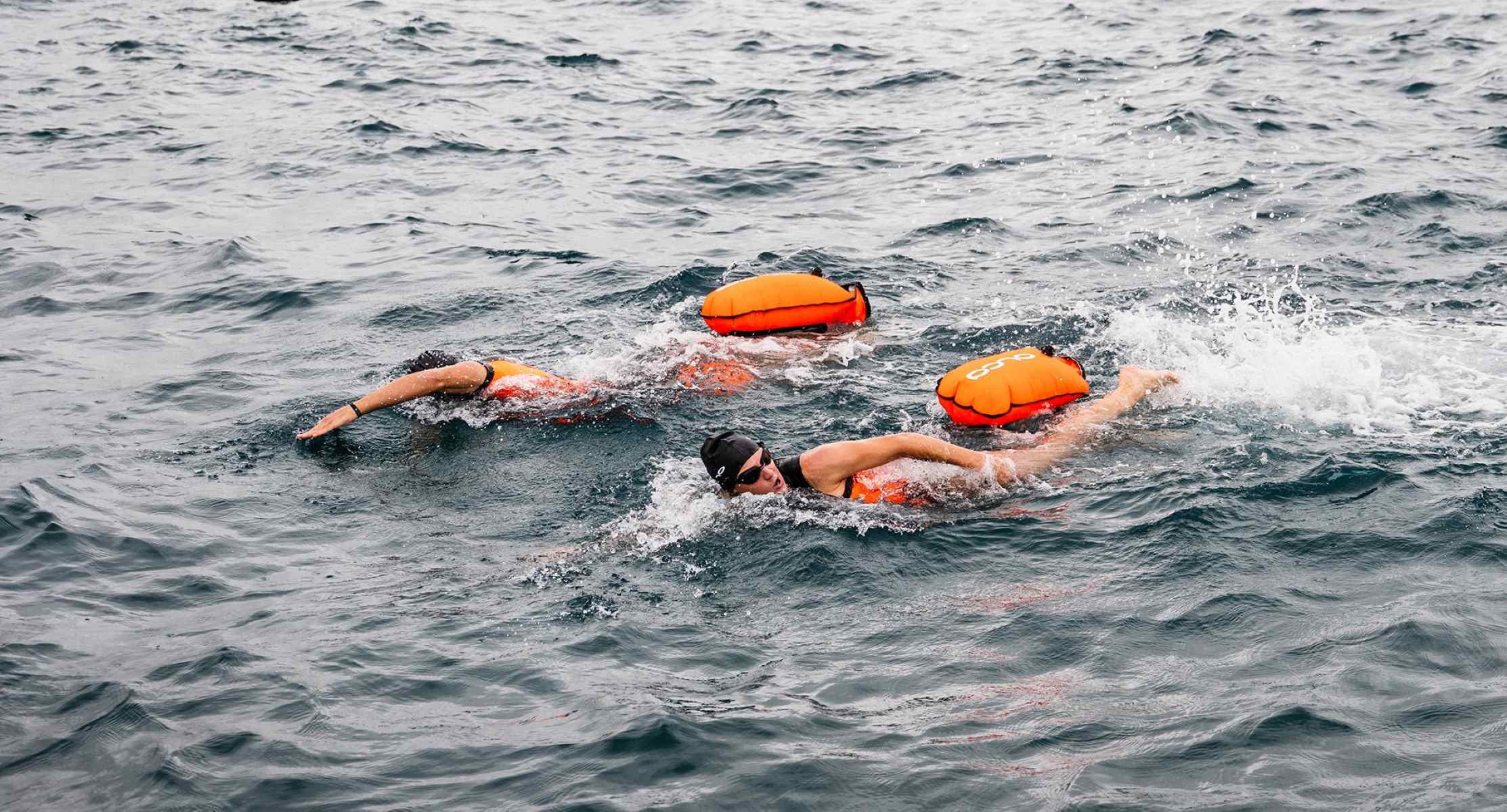

Training & Techniques
Open-Water Swimming: A Beginner’s Guide
Published: March 3, 2024
Discover essential training and techniques for open-water swimming with our beginner's guide. Learn how to improve your skills and confidence in the water. Start your open-water swimming journey today!
(Many of the links in this article redirect to a specific reviewed product. Your purchase of these products through affiliate links helps to generate commission for Therunningadvisor.com, at no extra cost. Learn more)
Table of Contents
Benefits of Open-Water Swimming
Open-water swimming offers a myriad of benefits that extend beyond physical fitness. Whether you're a seasoned athlete or a beginner looking to embrace a new challenge, immersing yourself in open water can be a transformative experience. Here are some of the key advantages of open-water swimming:
-
Full-Body Workout: Unlike pool swimming, open-water swimming engages various muscle groups as you navigate through natural water bodies. The uneven surfaces, currents, and waves require your body to adapt and adjust, leading to a comprehensive workout that enhances strength and endurance.
-
Mental Well-Being: The serene and expansive nature of open water can have a calming effect on the mind. The rhythmic motion of swimming, combined with the soothing sounds of nature, creates a meditative experience that can alleviate stress and promote mental clarity.
-
Vitamin D Absorption: Open-water swimming often takes place under the sun, allowing swimmers to absorb essential vitamin D. This can contribute to improved bone health, immune function, and overall well-being.
-
Connection with Nature: Immersing yourself in open water provides a unique opportunity to connect with nature. The sense of freedom and communion with the environment can foster a deep appreciation for the natural world, promoting a sense of tranquility and mindfulness.
-
Community and Camaraderie: Open-water swimming events and clubs offer a sense of community and camaraderie among participants. The shared passion for open-water swimming creates a supportive and inclusive environment that can enhance social connections and personal fulfillment.
-
Adventure and Exploration: Open-water swimming allows you to explore new locations and experience the thrill of adventure. Whether it's a pristine lake, a winding river, or the vast ocean, each swim presents an opportunity for discovery and a sense of exhilaration.
-
Adaptability and Resilience: Navigating open water requires adaptability and resilience, as conditions can change rapidly. By honing these skills, swimmers can cultivate a mindset of adaptability that extends beyond the water, positively impacting various aspects of their lives.
Incorporating open-water swimming into your routine can lead to a holistic transformation, encompassing physical fitness, mental well-being, and a deeper connection with the natural world. Whether you seek a refreshing change from the pool or a new avenue for personal growth, the benefits of open-water swimming are boundless.
Read more: Sprinting Technique: A Beginner’s Guide
Essential Gear for Open-Water Swimming
When venturing into open-water swimming, having the right gear is essential to ensure a safe and enjoyable experience. Unlike pool swimming, open-water environments present unique challenges and variables that necessitate specific equipment. Here's a comprehensive guide to the essential gear for open-water swimming:
Wetsuit:
A well-fitting wetsuit is a fundamental piece of gear for open-water swimming, providing insulation and buoyancy. It helps maintain body temperature in colder waters and offers added flotation, enhancing comfort and confidence in the water. When selecting a wetsuit, consider factors such as thickness, flexibility, and fit to ensure optimal performance.
Goggles:
Quality goggles are indispensable for clear vision and eye protection during open-water swims. Look for goggles designed for open water, featuring a comfortable fit, anti-fog properties, and UV protection. Tinted lenses can be beneficial for reducing glare in bright conditions, while polarized lenses help enhance visibility in varying light conditions.
Swim Cap:
A durable swim cap serves multiple purposes, such as reducing heat loss, increasing visibility in the water, and providing a streamlined profile. Opt for brightly colored caps to enhance visibility for yourself and others, especially in crowded or low-visibility settings. Additionally, a silicone or latex cap helps protect hair from the elements and minimizes drag.
Safety Buoy:
A brightly colored and buoyant safety buoy is a crucial safety accessory for open-water swimmers. It enhances visibility for boaters and serves as a flotation device in case of fatigue or emergency. Some safety buoys also feature storage compartments for essentials like keys, identification, and small valuables, adding practicality to their safety function.
Swim Safety Whistle:
Carrying a compact whistle adds an extra layer of safety during open-water swims. In the event of distress or the need to signal for assistance, a whistle can attract attention and aid in communication with fellow swimmers or nearby boaters. Attach the whistle to your swim cap strap or wetsuit for easy access.
Anti-Chafing Products:
To prevent discomfort and skin irritation, consider using anti-chafing products, such as lubricants or balms, in areas prone to friction from wetsuits or swimwear. These products help minimize chafing and abrasions, allowing for a more comfortable and enjoyable swimming experience.
Footwear:
In certain open-water environments, protective footwear may be necessary to safeguard against sharp rocks, shells, or rough terrain near the water's edge. Water shoes or neoprene socks provide traction, protection, and warmth, enabling swimmers to navigate entry and exit points with confidence.
By equipping yourself with the essential gear tailored for open-water swimming, you can enhance safety, comfort, and performance, allowing you to fully embrace the invigorating and liberating experience of swimming in natural water settings.
Safety Tips for Open-Water Swimming
Open-water swimming offers a unique and exhilarating experience, but it's essential to prioritize safety when venturing into natural water environments. By adhering to key safety guidelines, swimmers can mitigate risks and ensure a secure and enjoyable outing. Here are essential safety tips for open-water swimming:
1. Assess the Conditions:
Before entering the water, assess the prevailing conditions, including water temperature, currents, and weather forecasts. Be mindful of potential hazards such as strong winds, choppy waves, or sudden changes in weather. Understanding the environment is crucial for making informed decisions and adjusting your swimming plans accordingly.
2. Swim with a Partner or in Designated Areas:
Whenever possible, swim with a companion or in areas specifically designated for open-water swimming. The buddy system enhances safety by providing mutual support and assistance in case of emergencies. Additionally, swimming in designated zones, such as monitored beaches or established open-water swim venues, ensures access to necessary facilities and assistance if needed.
3. Visibility Measures:
Enhance your visibility to boaters, kayakers, and other watercraft by wearing brightly colored swim caps and utilizing safety buoys. High-visibility gear makes it easier for others to spot you in the water, reducing the risk of collisions and improving overall safety. Consider using a safety buoy with reflective elements for added visibility in low-light conditions.
4. Familiarize Yourself with the Area:
Before starting your swim, take the time to familiarize yourself with the specific open-water location. Identify potential hazards, such as submerged obstacles, strong currents, or restricted areas. Understanding the layout of the area allows you to plan your route effectively and avoid potential dangers.
5. Stay Aware of Surroundings:
Maintain awareness of your surroundings throughout the swim, remaining vigilant for changes in water conditions, marine life, and other swimmers or water users. Being attentive to your environment enables you to adapt to evolving situations and respond proactively to any emerging challenges.
6. Weather Monitoring:
Keep a close eye on weather patterns and forecasts, as conditions can change rapidly in open-water settings. Be prepared to alter or postpone your swim if adverse weather, such as thunderstorms or high winds, poses a safety risk. Prioritize personal safety and exercise caution when weather conditions are uncertain or unfavorable.
7. Emergency Preparedness:
Carry essential safety and communication devices, such as a whistle, a waterproof pouch for a mobile phone, and any necessary medical supplies. These items can be invaluable in signaling for help or contacting emergency services in the event of unforeseen circumstances or emergencies.
Read more: Running Gear Guide For Beginner Triathletes
8. Regular Check-Ins:
Establish a system for regular check-ins with your swimming partner or a designated contact onshore. Agree on predetermined signals or intervals for communication, ensuring that someone is aware of your whereabouts and well-being throughout the swim.
By incorporating these safety tips into your open-water swimming practices, you can prioritize personal safety and minimize potential risks, allowing for a more secure and rewarding experience in natural water environments.
Finding the Right Open-Water Swimming Location
Selecting the ideal open-water swimming location is a pivotal aspect of ensuring a fulfilling and safe aquatic experience. The following considerations can guide swimmers in finding the perfect setting for their open-water adventures.
Research and Exploration
Begin by conducting thorough research to identify potential open-water swimming locations. Explore options such as lakes, rivers, coastal areas, and designated open-water swim venues. Online resources, local swimming communities, and outdoor recreation websites often provide valuable insights into popular and recommended swimming spots.
Safety and Accessibility
Prioritize safety and accessibility when evaluating potential locations. Choose areas with clear entry and exit points, minimal boat traffic, and lifeguard presence if available. Assess the water quality and potential hazards, ensuring that the chosen location meets safety standards and offers convenient amenities such as parking, restrooms, and emergency services nearby.
Environmental Diversity
Seek out open-water locations that offer diverse and captivating environments. Whether it's the tranquil expanse of a lake, the rhythmic flow of a river, or the invigorating embrace of the ocean, each setting presents unique opportunities for exploration and enjoyment. Consider the natural surroundings, water conditions, and the overall ambiance to find a location that resonates with your preferences and aspirations.
Community Recommendations
Engage with the open-water swimming community to gather firsthand recommendations and insights. Local swimmers and clubs often share valuable knowledge about preferred swimming spots, hidden gems, and lesser-known locations that offer exceptional experiences. Embracing the collective wisdom of fellow swimmers can lead to discovering hidden aquatic treasures and off-the-beaten-path destinations.
Regulatory Compliance
Ensure that the chosen open-water swimming location aligns with local regulations and guidelines. Some areas may have specific rules governing swimming activities, designated swimming zones, or seasonal restrictions. Adhering to regulatory requirements not only promotes responsible swimming practices but also contributes to the preservation and sustainability of natural water environments.
Personal Preferences and Goals
Ultimately, consider your personal preferences and swimming goals when selecting an open-water location. Whether you seek tranquility, adventure, or a balance of both, the chosen setting should align with your aspirations and contribute to a fulfilling swimming experience. Reflect on factors such as water temperature, scenery, and the overall atmosphere to find a location that resonates with your individual inclinations.
By carefully evaluating these factors and considerations, swimmers can identify the right open-water swimming location that aligns with their safety, preferences, and aspirations, setting the stage for memorable and enriching aquatic adventures.
Read more: Gear Review: Garmin Swim
Training for Open-Water Swimming
Training for open-water swimming encompasses a multifaceted approach that integrates physical conditioning, mental preparation, and strategic skill development. Whether you're a novice seeking to build proficiency or an experienced swimmer aiming to refine your technique, a well-rounded training regimen is essential for navigating the challenges and embracing the rewards of open-water swimming.
Physical Conditioning
Building a strong foundation of physical fitness is paramount for open-water swimmers. Endurance training forms the cornerstone of conditioning, focusing on gradually increasing the duration and intensity of swims to bolster cardiovascular stamina and muscular endurance. Incorporating long, uninterrupted swims into training sessions simulates the sustained effort required in open water, preparing swimmers for extended periods of continuous swimming.
Additionally, cross-training activities such as running, cycling, and strength training contribute to overall fitness and complement swimming workouts. These activities target complementary muscle groups, enhance cardiovascular capacity, and reduce the risk of overuse injuries, fostering a well-rounded approach to physical conditioning.
Mental Preparation
Open-water swimming demands mental fortitude and adaptability, making mental preparation an integral aspect of training. Visualization techniques, mindfulness practices, and mental rehearsal can help swimmers cultivate focus, confidence, and resilience. Visualizing successful swims in various open-water scenarios primes the mind for the challenges and uncertainties inherent in natural water environments, fostering a proactive and confident mindset.
Furthermore, exposure to open-water conditions during training, such as practicing in different bodies of water and varying weather conditions, acclimatizes swimmers to the unpredictability of open water. This exposure builds mental resilience, instilling a sense of adaptability and preparedness for the dynamic nature of open-water swimming.
Skill Development
Refining specific skills tailored to open-water swimming is essential for optimizing performance and safety. Navigation skills, including sighting techniques and buoy turns, are crucial for maintaining course direction and efficiency during open-water swims. Practicing these skills in diverse open-water settings hones a swimmer's ability to navigate effectively amidst changing currents, wind patterns, and natural landmarks.
Furthermore, mastering drafting techniques, which involve swimming closely behind or beside another swimmer to reduce resistance, can enhance speed and conserve energy during group swims or competitive events. Training sessions that incorporate drafting drills and group swims provide valuable experience in adapting to the dynamics of swimming in close proximity to others, fostering a competitive edge and collaborative spirit.
Incorporating these elements into a comprehensive training regimen equips swimmers with the physical prowess, mental resilience, and technical proficiency necessary to thrive in open-water environments. By embracing a holistic approach to training, swimmers can elevate their open-water swimming capabilities and embark on aquatic journeys with confidence and competence.
Read more: Benefits Of Cold Water Therapy For Runners
Overcoming Challenges in Open-Water Swimming
Open-water swimming presents a unique set of challenges that demand resilience, adaptability, and strategic navigation. As swimmers venture into natural water environments, they encounter various obstacles that require proactive approaches and effective coping strategies. By acknowledging and addressing these challenges, swimmers can cultivate the skills and mindset necessary to overcome adversity and thrive in open water.
Navigating Unpredictable Conditions
One of the primary challenges in open-water swimming is the unpredictability of natural conditions. Swimmers contend with fluctuating water temperatures, currents, wind patterns, and visibility, all of which can significantly impact their experience. Overcoming this challenge involves developing a keen awareness of environmental cues, such as ripples on the water's surface, wind direction, and natural landmarks. By honing their ability to interpret and adapt to these cues, swimmers can navigate through changing conditions with confidence and precision.
Managing Mental Resilience
The expansive and often isolated nature of open water can pose mental challenges for swimmers. Overcoming feelings of vulnerability or anxiety in unfamiliar aquatic settings requires mental resilience and fortitude. Implementing mindfulness techniques, positive self-talk, and visualization exercises can empower swimmers to maintain focus, manage stress, and cultivate a resilient mindset. By embracing the inherent uncertainties of open-water swimming and reframing them as opportunities for growth and exploration, swimmers can conquer mental barriers and enhance their overall experience.
Overcoming Fear and Uncertainty
Entering open water, especially in unfamiliar or deep locations, can evoke feelings of fear and uncertainty. Overcoming this challenge involves gradual exposure and acclimatization to different open-water environments. By progressively expanding their comfort zones through incremental exposure to varying water bodies and conditions, swimmers can build confidence and alleviate apprehensions. Seeking support from experienced open-water swimmers, participating in group swims, and sharing experiences within the swimming community can also provide valuable reassurance and encouragement.
Adapting to Environmental Factors
Adapting to the dynamic and often harsh elements of open water is a fundamental challenge for swimmers. From choppy waves to sudden changes in weather, swimmers must develop adaptability and resilience to thrive in diverse aquatic conditions. Training in a range of environments, including lakes, rivers, and coastal waters, exposes swimmers to different challenges and fosters adaptability. Embracing the variability of open water as an integral part of the swimming experience allows swimmers to develop a flexible approach and the ability to thrive amidst environmental fluctuations.
Embracing the Journey
Ultimately, overcoming challenges in open-water swimming is a transformative journey that encompasses physical, mental, and emotional growth. By acknowledging and preparing for the inherent challenges, swimmers can approach open water with a spirit of curiosity, determination, and respect. Embracing the journey as a continuous learning experience, filled with triumphs and setbacks, empowers swimmers to develop a resilient and adaptable approach to open-water swimming, fostering a deep sense of accomplishment and fulfillment.
In summary, overcoming challenges in open-water swimming involves developing a multifaceted skill set, encompassing environmental awareness, mental resilience, adaptability, and a growth-oriented mindset. By embracing these challenges as opportunities for personal and athletic development, swimmers can unlock the full potential of open-water swimming and embark on transformative aquatic adventures.


